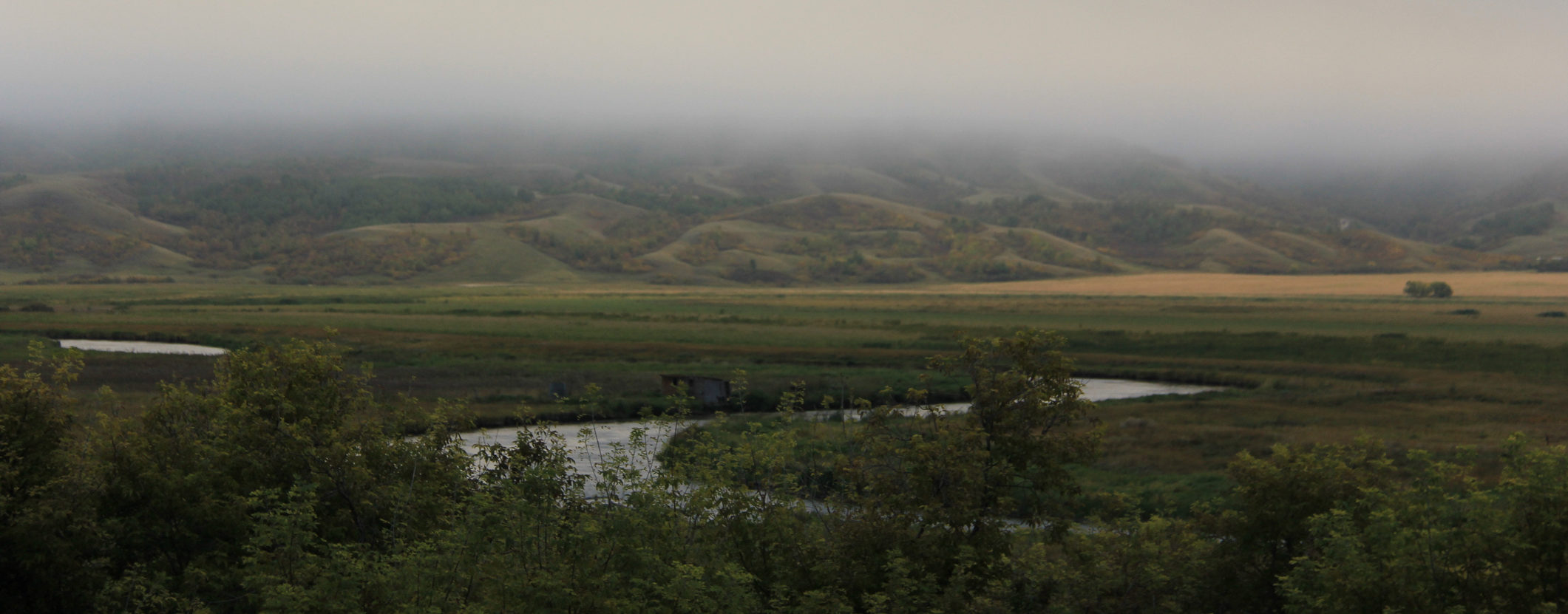A project that integrates Indigenous knowledge and a technology developed by researchers at the University of Guelph is helping to assess the health of the river systems in Canada.
The collaborations are part of a multi-year environmental DNA (eDNA) metabarcoding project called STREAM—Sequencing The Rivers for Environmental Assessment and Monitoring. By metabarcoding key lifeforms that live at the bottom of rivers, called benthos, the team can monitor the health status of waterways in little-researched areas of Canada.
This project is made possible due to contributions from citizen scientists, including dozens of members of Indigenous communities, who collect samples from the river systems around them.
“This is really a natural partnership,” said Professor Mehrdad Hajibabaei, who is the project lead of STREAM and an associate professor in the University of Guelph’s Department of Integrative Biology and Centre for Biodiversity Genomics.
“These communities are well aware of the potential issues affecting their environment and they want timely and comprehensive access to biodiversity information especially for freshwater biomonitoring,” said Hajibabaei. “We can provide that using cutting-edge metabarcoding techniques developed at the University of Guelph.”
In turn, the community partners are helping to gather key data that can be used over time by all of STREAM’s partners to monitor freshwater health.
To analyze river health, trained citizen scientists across Canada collect bulk samples from benthos that are analyzed through metabarcoding for the presence of the larvae of macroinvertebrates, including mayflies, stoneflies, and caddisflies.
Since these larvae are sensitive to a variety of environmental disturbances, healthy populations can indicate good water quality. Poor populations may indicate the waterway has been subject to nutrient pollution from agricultural runoff, resource extraction, or the effects of climate change.
Metabarcoding technology developed by the Hajibabaei lab at the University of Guelph speeds up the analysis by allowing the simultaneous identification of many species in a single sample.
“We can turn around results to a community group within two months using metabarcoding, which is several times faster than methods that use microscopes to analyze single organisms,” said Chloe Robinson, a postdoctoral fellow in the Hajibabaei Lab who is also STREAM’s project coordinator.
Many of Canada’s important but little-researched waterways are in lands where Indigenous peoples have lived for generations, Hajibabaei said.
“We have partnered with Indigenous communities and seek their perspective to understand which sites are most important,” Hajibabaei said. “So these partnerships have been invaluable to helping us study the health of freshwater ecosystems.”
Data from the catalogued samples are shared with other STREAM project partners, including World Wildlife Fund-Canada (WWF-Canada), Living Lakes Canada, and Environment and Climate Change Canada (ECCC).
Hundreds of samples were collected in the project’s first year (2019) with many more expected in 2020. The research team hopes to partner with more Indigenous groups to generate a national framework for metabarcoding analysis to assess the health of all waterways, from Newfoundland to British Columbia.
Hajibabaei said the success of the partnerships is an example of what can be achieved when a nationwide biomonitoring research project collaborates with Indigenous and community groups.
“Without these groups, it would be impossible to access remote sites to do this research,” Hajibabaei. “We hope to create new partnerships with more Indigenous communities so we can broaden this research across the country and gain a better understanding of the health of our precious waterways.”










Has anyone considered installing distilling apparatus for remote communities’ use for drinking water?
Perhaps someone in the Indigenous community has the training and could summon up investors to manufacture distilling facilities appropriate and targeted to individual First Nations. Safe drinking water would never again be an issue. Other sources (lakes, rivers) could be used for bathing and laundry and every other need separate from potable water.